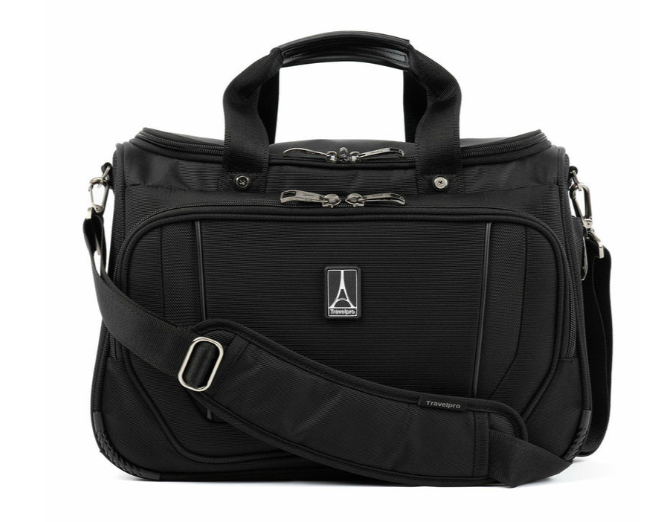
Shrinking Carry on Size?
Share
The size of airline carry-on luggage has been shrinking in recent years. This is due to a number of factors, including the increasing popularity of low-cost carriers, which often have smaller overhead bins, and the desire by airlines to reduce weight and fuel costs.
In 2015, the International Air Transport Association (IATA) recommended that the standard carry-on bag size be 21.5 x 15.7 x 7.5 inches (55 x 40 x 20 cm). However, many airlines have since reduced their carry-on size requirements.
For example, American Airlines now allows carry-on bags that are 22 x 14 x 9 inches (55.88 x 35.56 x 22.86 cm). Delta Air Lines allows carry-on bags that are 22 x 14 x 9 inches (55.88 x 35.56 x 22.86 cm), but it also charges a fee for bags that are larger than this size.
The shrinking carry-on size has caused some inconvenience for passengers, who may have to check bags that they would have been able to carry on in the past. It has also led to some complaints about the lack of space in overhead bins.
However, the airlines argue that the shrinking carry-on size is necessary to reduce weight and fuel costs. They also point out that passengers can still bring a personal item, such as a purse or a laptop bag, on board the plane.
The shrinking carry-on size is a trend that is likely to continue. As airlines continue to compete on price, they will likely look for ways to reduce costs, and this includes reducing the size of carry-on bags.
Here are some tips for packing a carry-on bag:
- Choose a bag that is the right size for your needs.
- Pack light. Only bring the essentials.
- Distribute your weight evenly. Pack heavier items towards the bottom of the bag.
- Use packing cubes to organize your belongings.
- Pack a personal item. This can be a purse, a laptop bag, or a backpack.
- Be prepared to check your bag if it is too large.
- Arrive at the airport early to avoid stress.
